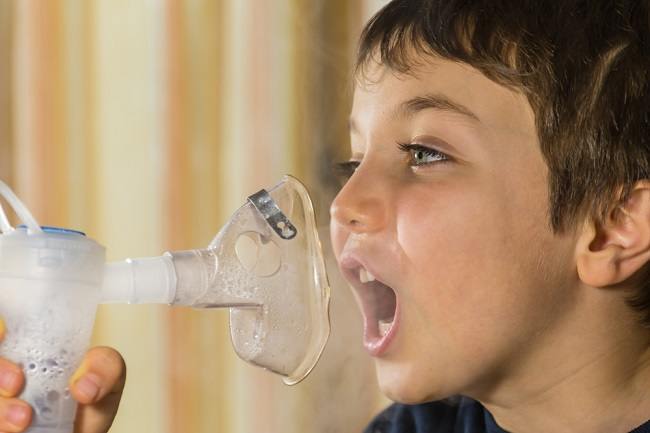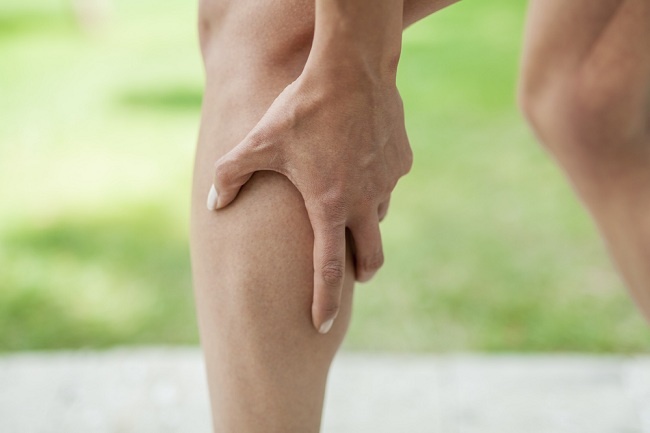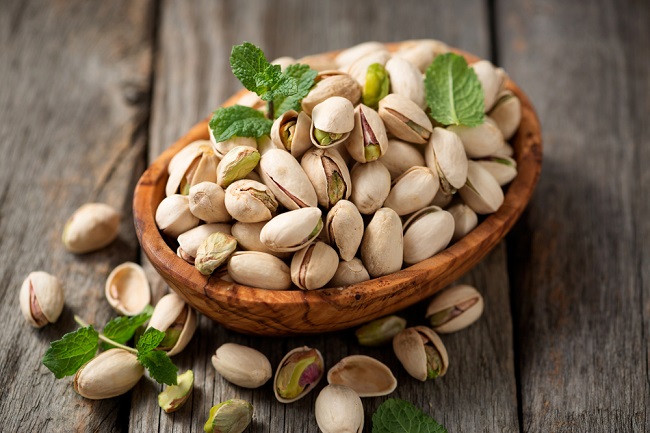Gastric bypass surgery (gastrectomy) is a procedure performed to remove part or all of the stomach. Conditions such as severe bleeding in the stomach and gastric cancer are often treated with this procedure.
To better understand the various types of gastric excision surgical procedures, it is important to know the anatomy of the stomach and surrounding organs. Many people know the location and function of the stomach, but do not know the surrounding organs.

So, when it has been chewed in the mouth, the food will enter the stomach through a tube-shaped organ called the esophagus (esophagus). The esophagus connects the mouth to the stomach. This organ regulates that the food consumed enters slowly into the stomach.
When it enters the stomach, the food will mix with stomach acid which functions to break down the substances in the food. The stomach will also stir the food to be then flowed and processed in the intestine.
The intestine itself consists of several parts, but the first part of the intestine that connects to the stomach is the duodenum.
When is Gastric Excision Surgery Needed?
The following are some of the conditions that can be treated with gastric bypass surgery:
Stomach cancer and benign gastric tumors
How large part of the stomach and organs around the stomach that needs to be removed depends on the size, location, and number of benign or malignant tumors in the stomach.
Severe gastric bleeding
Severe gastric ulcers or gastric vascular abnormalities can cause gastric bleeding. Gastric excision surgery is a last resort when therapy and medication are not effective in treating the condition.
Obesity
For obesity that is not resolved with diet and therapy, gastric cutting surgery can be performed by reducing the size of the stomach. With a smaller stomach size, a person will be full more easily so that his weight can fall. This operation is also known as bariatric surgery.
Gastric Cutting Surgery Procedure
Gastric bypass surgery is performed under general anesthesia to ensure that the patient does not feel pain and remains unconscious during the operation. After sedation, the patient will be placed on a breathing tube, then surgery can begin.
Gastric excision surgery can be performed in two ways, namely an open surgical procedure in which a wide incision is made in the abdomen, and a laparoscopic surgical procedure in which only a few small incisions are made in the abdomen to serve as an entry point for a special surgical instrument with a small camera.
After the surgical procedure is complete, the incision is closed and the anesthetic is discontinued to allow the patient to regain consciousness. When the patient begins to wake up, the breathing tube can be removed so the patient can start breathing normally.
Types of Gastric Cutting Surgery
There are 4 types of gastric excision surgery, namely partial gastrectomy, sleeve gastrectomy , total gastrectomy, and esophagogastrectomy. Here is the explanation:
1. Partial gastrectomy (partial gastrectomy)
The doctor will remove the lower part of the stomach and possibly nearby lymph nodes if cancer cells have spread to the area. After that, the remaining part of the stomach will be connected to the small intestine which is in charge of receiving digested food in the stomach.
2. Sleeve gastrectomy
In this operation, up to three-quarters of the stomach will be cut and removed. The doctor will cut the side of the stomach to turn it into a tube shape. This stomach cutting operation will make the stomach shape slimmer and elongated. Sleeve gastrectomy commonly used to treat obesity.
3. Total gastric excision (total gastrectomy)
This surgical procedure is performed by cutting the stomach as a whole. The doctor will connect the esophagus (esophagus) directly to the small intestine.
4. Esophagogastrectomy
Esophagogastrectomy is a surgical procedure to remove the upper part of the stomach and part of the esophagus (esophagus).
Preparation for Gastric Cutting Surgery
Before gastric cutting surgery is performed, the doctor will ask the patient to fast eat and drink for 6 hours or more. For patients whose digestive system is slow, water may be the only thing that can be drunk the day before the operation.
The doctor will also perform blood tests and scans before surgery. This examination aims to determine whether the patient is healthy enough to undergo gastric excision surgery.
Patients need to tell their doctor if they are on medication or are taking supplements or herbal remedies. Doctors may advise patients to stop using these drugs for some time before surgery.
In addition, the patient must also stop smoking. Because smoking can slow down the recovery process after surgery. The effects of smoking can also lead to more complications, especially those involving infections and lung problems.
After Gastric Cutting Surgery
Gastric bypass surgery is a major operation, so it may take a few days for recovery to occur. The length of stay in the hospital will depend on the type of gastric bypass surgery performed.
During the first few days, the patient will not be able to eat any food. Patients also need to undergo a diet to drink water. This is so that the digestive tract can heal quickly.
The patient will be given nutritional intake through an IV in a vein or through a tube inserted into the stomach. After about 1 week, the patient may be able to start eating gradually, starting with easily digested foods first.
Having a smaller stomach after surgery requires some adaptations or changes in the way you eat, such as:
1. Eat in small portions
Eating 6 small portions will make it easier for the digestive tract to digest food than 3 large portions as usual.
2. Drink and eat at different times
Patients are advised to drink water 1 hour before or after eating, not during meals.
3. Pay attention to fiber intake
High-fiber foods, such as nuts and seeds, are harder to digest and can make you feel full faster. Therefore, limit eating high-fiber foods and replace them with other foods.
Consult a nutritionist to find out what types of food need to be consumed after undergoing gastric cutting surgery, so that nutritional needs are still met.
4. Avoid milk and its processed products
After gastric bypass surgery, many patients are unable to digest lactose (the sugar in milk). Therefore, first avoid consuming milk and its processed products, such as cheese or yogurt, until your condition has completely recovered.
5. Take supplements
Some nutrients in food, such as iron, calcium, and vitamins B12 and D, will be more difficult for the body to absorb after bowel surgery. To work around this, doctors can prescribe supplements to meet the needs of these nutrients.
One of the risks that can occur due to gastric cutting surgery is syndrome dumping . This syndrome can make the patient nauseous, vomiting, cramping, or diarrhea some time after eating.
In addition, syndrome dumping can also make blood sugar levels rise and fall too quickly. As a result, symptoms include sweating, a fast heart rate, or feeling tired or confused.
Changing the diet according to the recommendations above can overcome the syndrome dumping this. However, keep in mind that the body still needs a long time, which is around 3-6 months, to be able to really adapt to the conditions after gastric cutting surgery.
Gastric excision surgery is a medical procedure that aims to treat certain diseases, including gastric cancer and benign gastric tumors, severe gastric bleeding, and obesity.
If you are at high risk of suffering from these conditions or experiencing symptoms of stomach disorders, such as easy bloating after eating, abdominal pain, persistent nausea and vomiting, or blood in the stool, immediately consult a doctor so that he can be given proper treatment.
Written by:
dr. Sonny Seputra, M.Ked.Klin, Sp.B, FINACS
(Surgeon Specialist)









